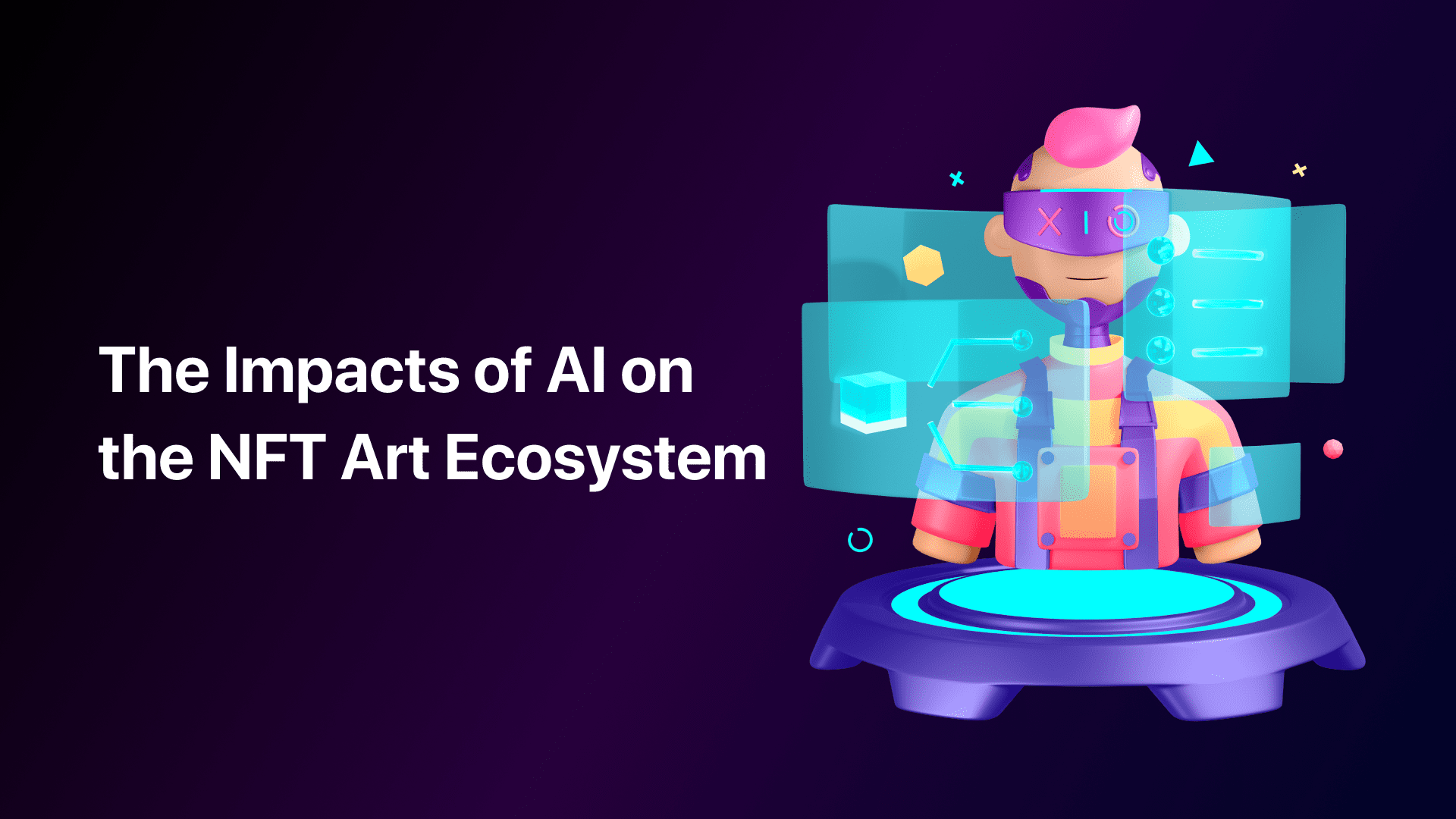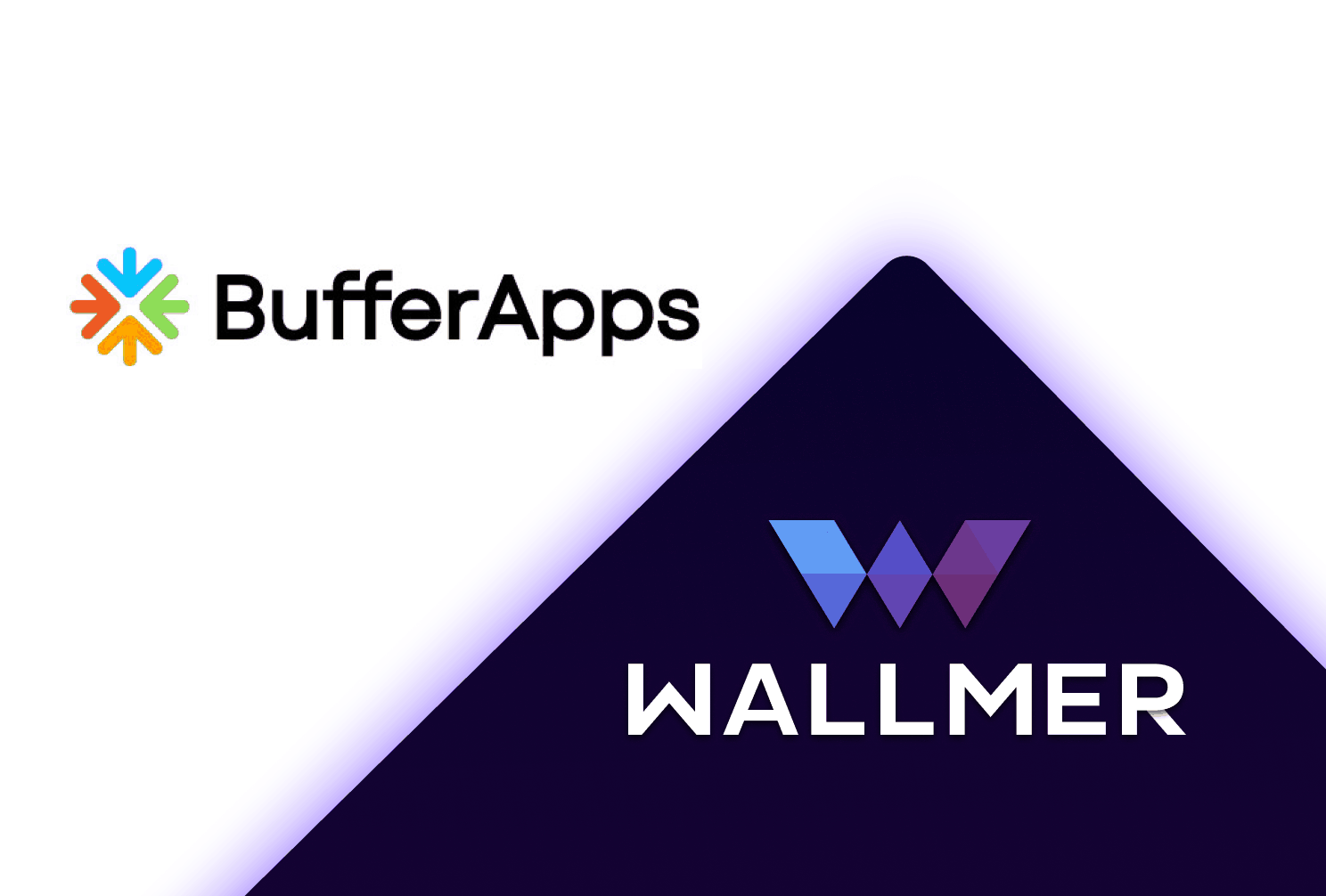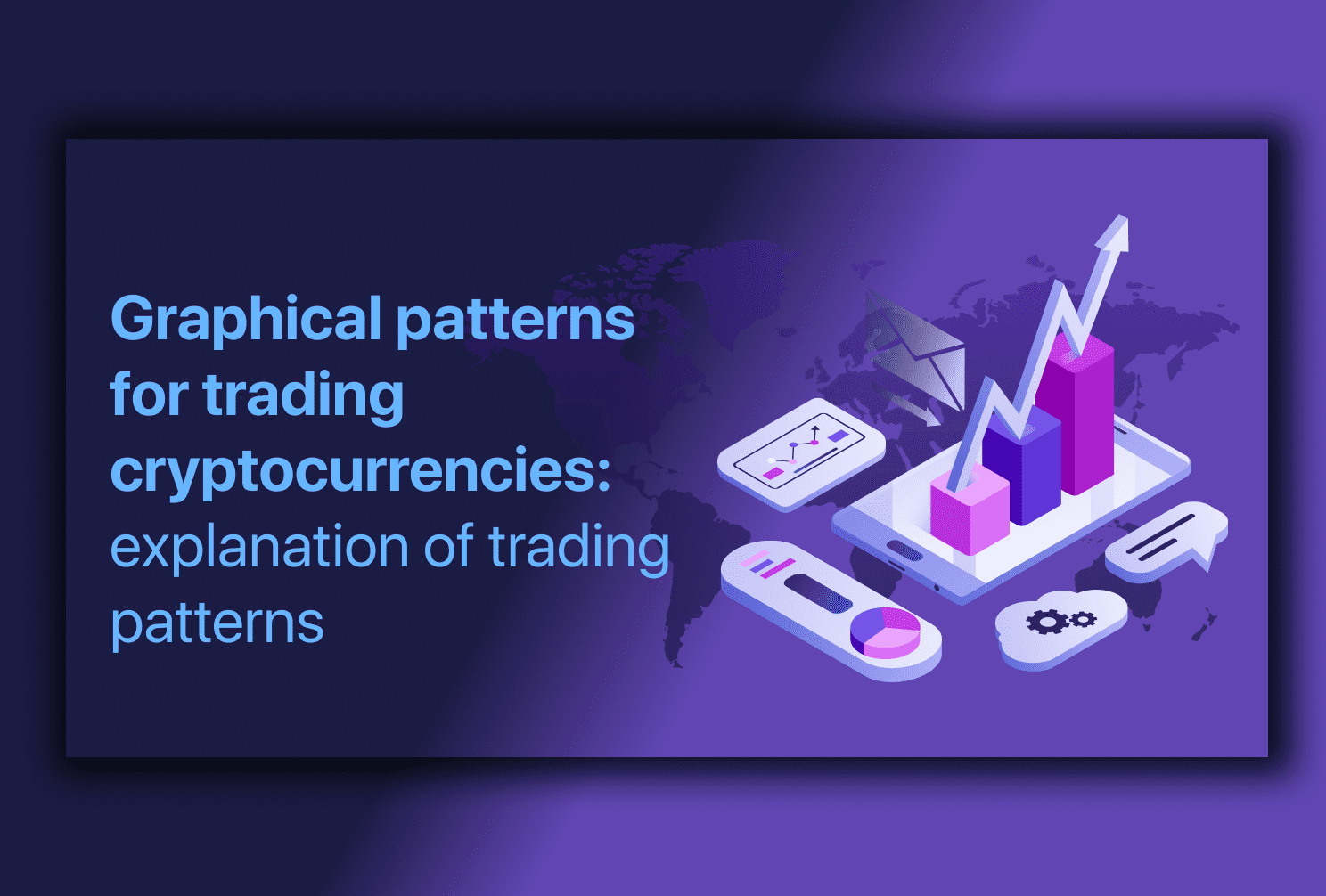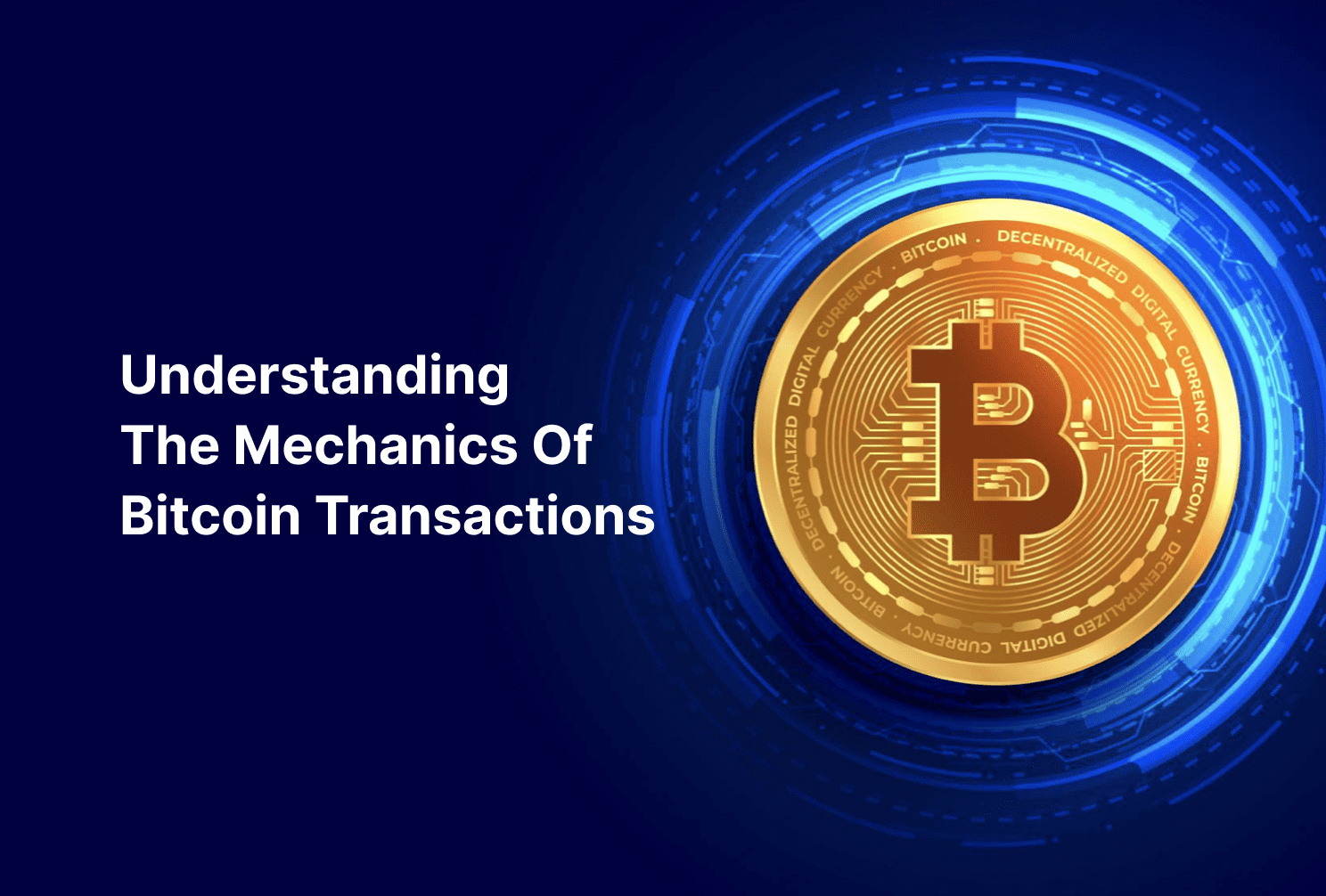Non-Fungible Tokens (NFTs) have experienced a meteoric rise, transforming the art world by revolutionizing digital ownership and value. As the NFT market continues to expand, the integration of Artificial Intelligence (AI) within the NFT art ecosystem brings forth exciting opportunities and challenges. In this article, we will delve into the profound impacts of AI on NFTs, examining the implications of this technological convergence.
The Impacts of AI on the NFT Art Ecosystem: Exploring the Rise of NFTs
Understanding NFTs
To comprehend the role of AI in the NFT art ecosystem, it is essential to grasp the fundamentals of NFTs. These unique digital assets leverage blockchain technology to establish authenticity and provenance. Unlike cryptocurrencies, NFTs possess distinct properties, making them irreplaceable and non-interchangeable. Artists and creators are leveraging NFTs to tokenize and monetize their digital artwork, paving the way for new avenues of ownership and artistic expression.
AI and Generative Art
The fusion of AI and NFT art has given birth to generative art, where AI algorithms produce unique and original pieces based on predefined rules or datasets. This marriage of creativity and technology has propelled the emergence of AI-generated NFT art, captivating collectors with its novelty and exclusivity. Generative AI offers a fresh dimension of artistic exploration, pushing the boundaries of traditional artistic creation.
AI-Driven Curation and Discovery
As the NFT art market expands exponentially, the need for effective curation and discovery mechanisms becomes paramount. AI algorithms can analyze vast quantities of data, including user preferences, historical sales, and market trends, to provide tailored recommendations for NFT artworks. AI-powered curation platforms facilitate personalized discovery, enabling users to navigate the vast NFT art ecosystem with ease.
Combatting Counterfeits and Ensuring Verification
The issue of counterfeits and verification poses a significant challenge within the NFT space. AI-powered verification systems employ computer vision and pattern recognition algorithms to identify forged or replicated NFTs. By scrutinizing image attributes, metadata, and blockchain records, AI can enhance the verification process, safeguarding the authenticity and integrity of NFT artworks and nurturing trust among collectors.
Ethical Considerations and Addressing AI Bias
While AI brings considerable advantages to the NFT art ecosystem, ethical considerations must not be overlooked. AI algorithms are trained on existing datasets that may contain biases or discriminatory patterns. It is crucial to ensure fairness and inclusivity in AI-generated NFT art. Artists, developers, and platforms must prioritize transparency and establish ethical guidelines to mitigate potential biases and foster diversity in AI-generated artworks.
Conclusion
The intersection of AI and NFTs has propelled the evolution of the NFT art ecosystem, revolutionizing how digital art is created, discovered, and authenticated. AI-driven generative art opens new frontiers of artistic exploration, while AI-powered curation and verification systems streamline the experience for collectors and creators alike. However, it is crucial to navigate the ethical considerations and biases that AI may introduce. By striking a balance between technological innovation and ethical responsibility, the integration of AI in the NFT art ecosystem holds immense potential for the future of digital art ownership and expression.
Read more articles on our blog https://blog.wallmer.com



